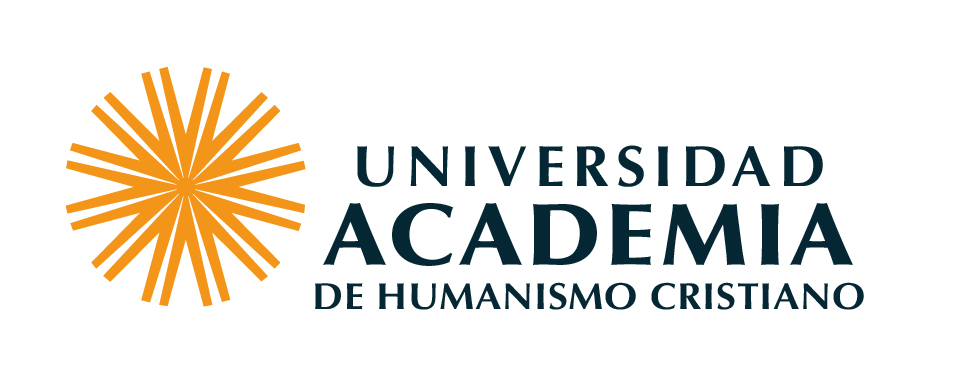Artists, Aestheticisation and the Field of Gentrification / David Ley.
Material type: TextPublication details: 2003Description: p. 2527-2544Subject(s): Online resources: Summary: Gentri?cation involves the transition of inner-city neighbourhoods from a status of relative poverty and limited property investment to a state of commodi?cation and reinvestment. This paper reconsiders the role of artists as agents, and aestheticisation as a process, in contributing to gentri?cation, an argument illustrated with empirical data from Toronto, Montreal and Vancouver. Because some poverty neighbourhoods may be candidates for occupation by artists, who value their affordability and mundane, off-centre status, the study also considers the movement of districts from a position of high cultural capital and low economic capital to a position of steadily rising economic capital. The paper makes extensive use of BourdieuÕs conceptualisation of the ?eld of cultural production, including his discussion of the uneasy relations of economic and cultural capitals, the power of the aesthetic disposition to valorise the mundane and the appropriation of cultural capital by market forces. BourdieuÕs thinking is extended to the ?eld of gentri?cation in an account that interprets the enhanced valuation of cultural capital since the 1960s, encouraging spatial proximity by other professionals to the inner-city habitus of the artist. This approach offers some reconciliation to theoretical debates in the gentri?cation literature about the roles of structure and agency and economic and cultural explanations. It also casts a more critical historical perspective on current writing lauding the rise of the cultural economy and the creative city.
TextPublication details: 2003Description: p. 2527-2544Subject(s): Online resources: Summary: Gentri?cation involves the transition of inner-city neighbourhoods from a status of relative poverty and limited property investment to a state of commodi?cation and reinvestment. This paper reconsiders the role of artists as agents, and aestheticisation as a process, in contributing to gentri?cation, an argument illustrated with empirical data from Toronto, Montreal and Vancouver. Because some poverty neighbourhoods may be candidates for occupation by artists, who value their affordability and mundane, off-centre status, the study also considers the movement of districts from a position of high cultural capital and low economic capital to a position of steadily rising economic capital. The paper makes extensive use of BourdieuÕs conceptualisation of the ?eld of cultural production, including his discussion of the uneasy relations of economic and cultural capitals, the power of the aesthetic disposition to valorise the mundane and the appropriation of cultural capital by market forces. BourdieuÕs thinking is extended to the ?eld of gentri?cation in an account that interprets the enhanced valuation of cultural capital since the 1960s, encouraging spatial proximity by other professionals to the inner-city habitus of the artist. This approach offers some reconciliation to theoretical debates in the gentri?cation literature about the roles of structure and agency and economic and cultural explanations. It also casts a more critical historical perspective on current writing lauding the rise of the cultural economy and the creative city.
En: Urban Studies Vol. 40, no 12, 2003 p. 2527-2544
Gentri?cation involves the transition of inner-city neighbourhoods from a status of relative poverty and limited property investment to a state of commodi?cation and reinvestment. This paper reconsiders the role of artists as agents, and aestheticisation as a process, in contributing to gentri?cation, an argument illustrated with empirical data from Toronto, Montreal and Vancouver. Because some poverty neighbourhoods may be candidates for occupation by artists, who value their affordability and mundane, off-centre status, the study also considers the movement of districts from a position of high cultural capital and low economic capital to a position of steadily rising economic capital. The paper makes extensive use of BourdieuÕs conceptualisation of the ?eld of cultural production, including his discussion of the uneasy relations of economic and cultural capitals, the power of the aesthetic disposition to valorise the mundane and the appropriation of cultural capital by market forces. BourdieuÕs thinking is extended to the ?eld of gentri?cation in an account that interprets the enhanced valuation of cultural capital since the 1960s, encouraging spatial proximity by other professionals to the inner-city habitus of the artist. This approach offers some reconciliation to theoretical debates in the gentri?cation literature about the roles of structure and agency and economic and cultural explanations. It also casts a more critical historical perspective on current writing lauding the rise of the cultural economy and the creative city.
Identidad territorial, estílos de vida y cultura urbana en la ciudad
There are no comments on this title.
